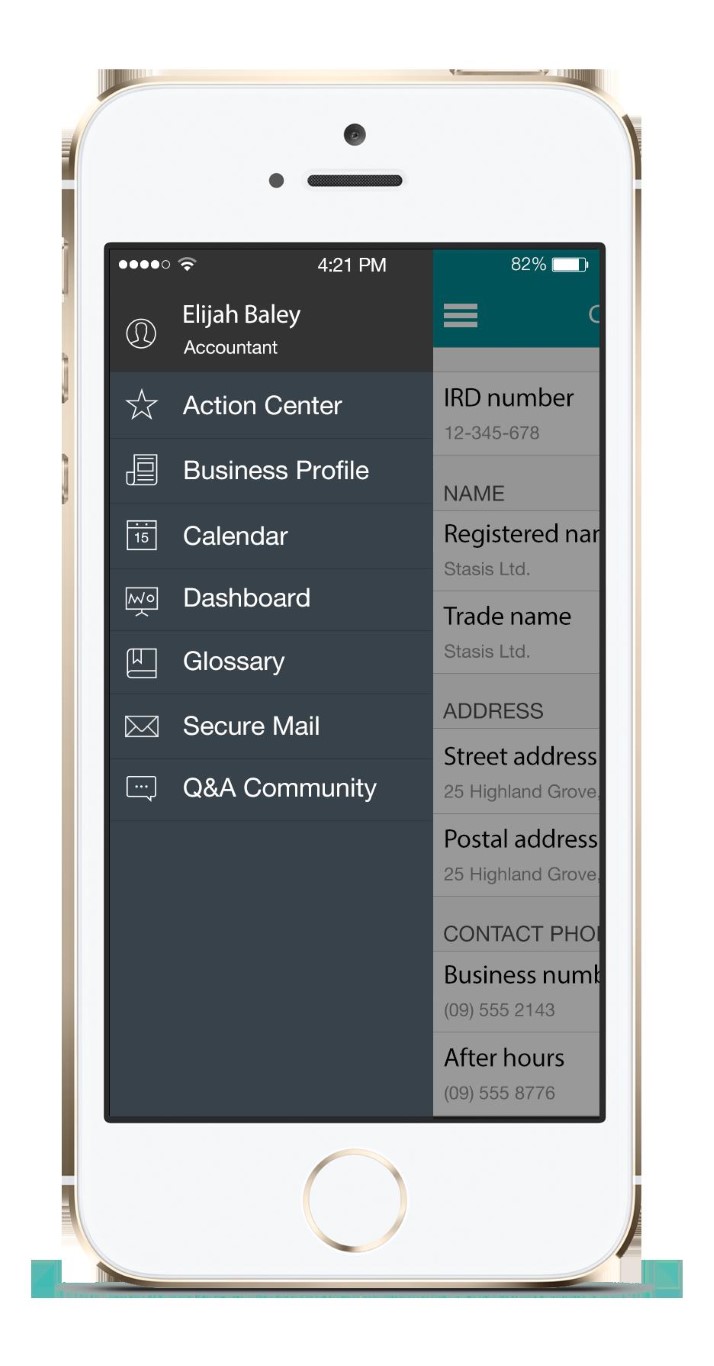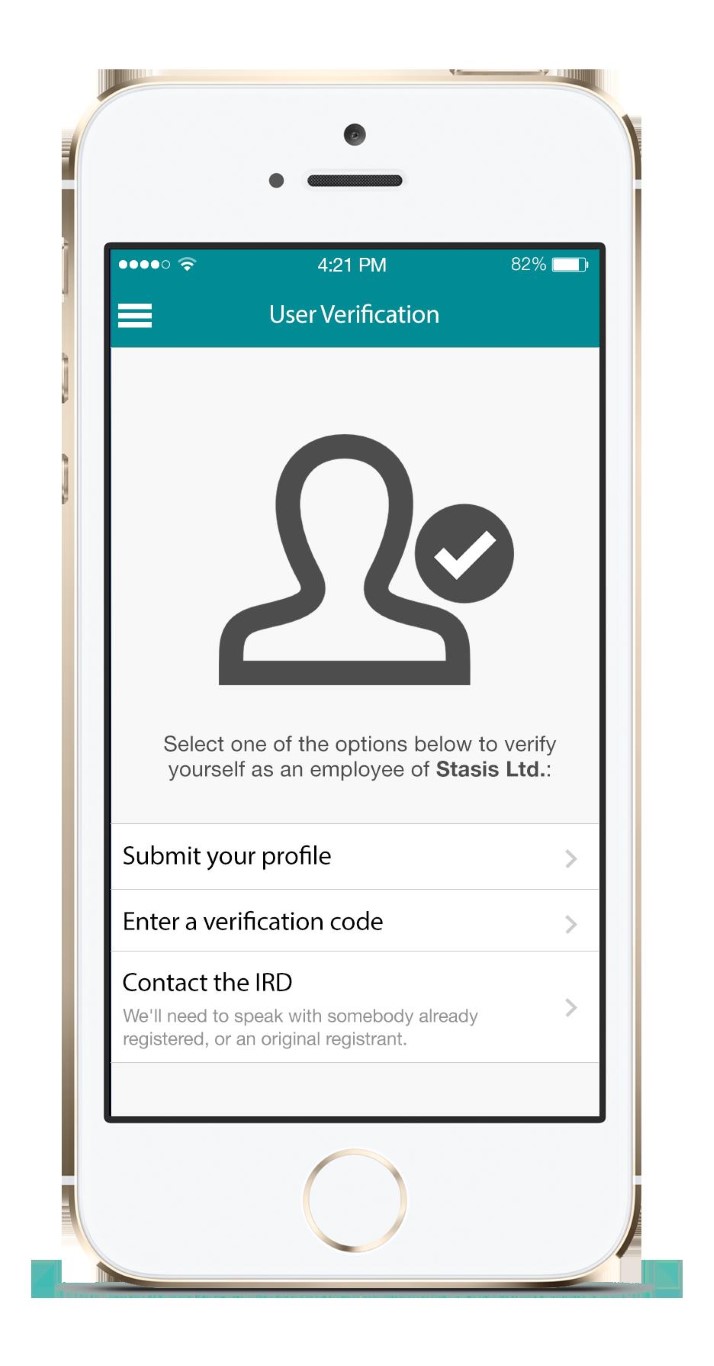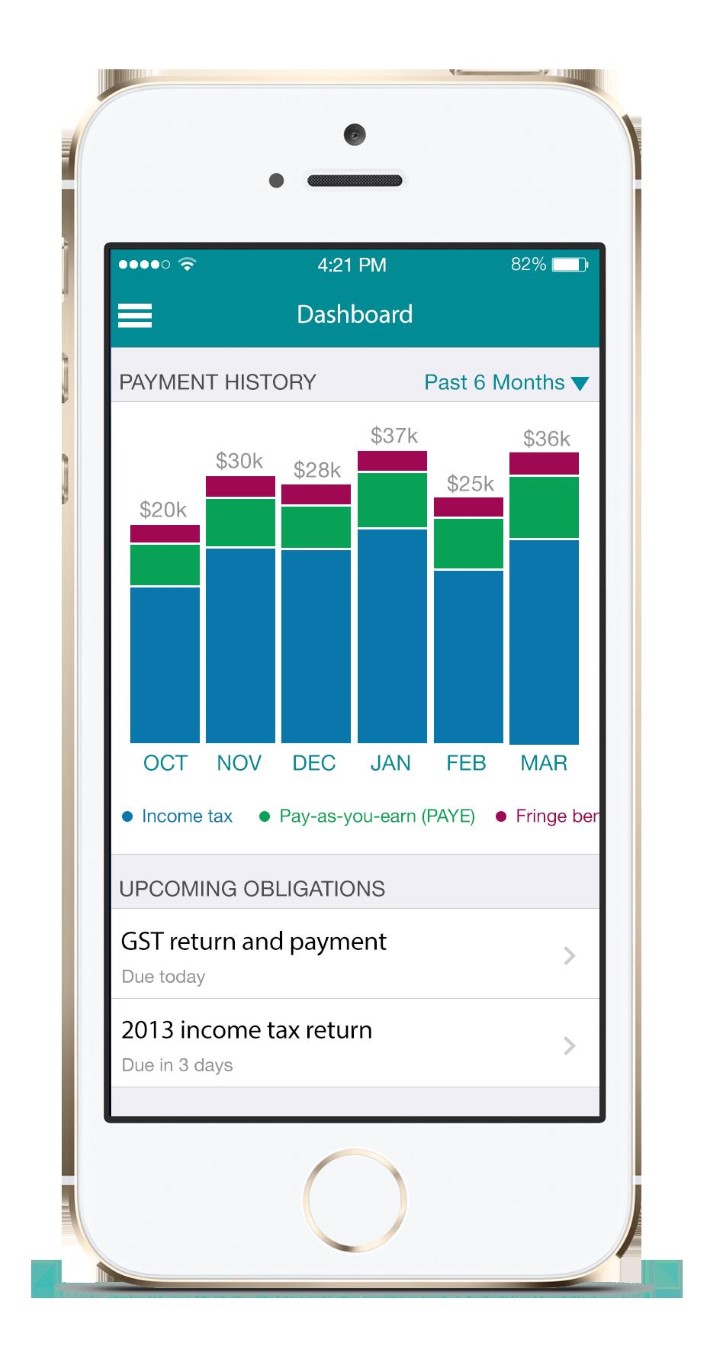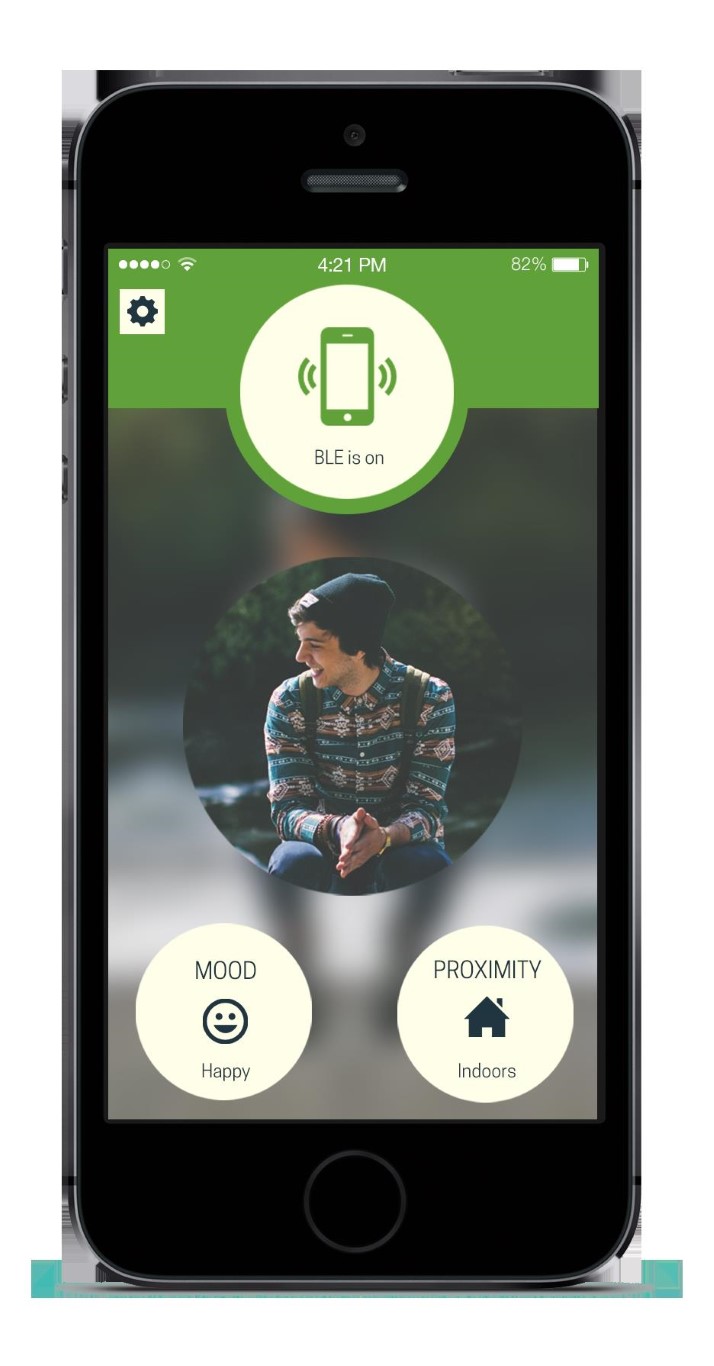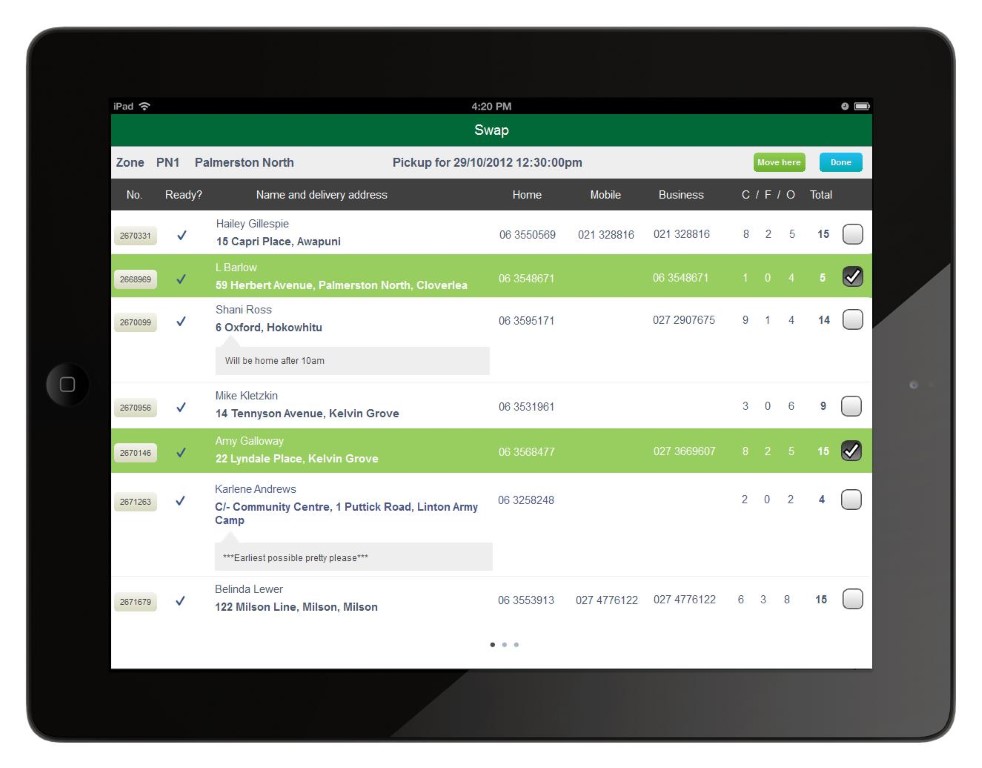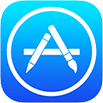Welcome back to "The Secrets to Conceptualising, Designing, and Creating a Mobile App for 2024". After covering app design in our previous post, we now delve into a crucial aspect of app development: choosing the right technology stack.
A tech stack is the combination of technologies an app uses, encompassing everything from programming languages to frameworks and database management systems. Choosing the right tech stack is pivotal – it can render your app scalable, maintainable, and responsive. The wrong choice, however, can lead to a myriad of issues down the line.
Frontend and Backend Choices
The frontend of your app is the user interface, so it needs to be both user-friendly and visually appealing. HTML, CSS, and JavaScript are staples in this realm. JavaScript frameworks like React or Angular can further enhance the user experience.
On the backend, where the app's logic operates, you might consider languages such as Python, Ruby, Java, or Node.js, depending on the app’s requirements.
Considerations for Scalability
Scalability should be a key consideration. Can your chosen tech stack handle a growing user base and data without faltering? Investigate the stack’s performance benchmarks and compatibility with other technologies.
Database Management Systems
The choice of database – SQL (like PostgreSQL or MySQL) or NoSQL (like MongoDB) – will depend on your data storage and access requirements. SQL databases are structured and efficient for complex queries, while NoSQL offers more flexibility and scalability.
Cloud Services
Cloud services like AWS, Azure, or Google Cloud are essential for scalability and flexibility. They can easily accommodate sudden spikes in traffic, which is vital for apps expecting rapid growth.
Hack: Utilising Boilerplate Code
A valuable hack is to utilise boilerplate code from repositories like GitHub. This approach saves time by employing pre-written code for common functionalities, allowing you to focus on bespoke features.
Deciding Factors
When choosing a tech stack, consider factors such as:
The nature of your app: Is it data-heavy? Does it require real-time updates?
Developer expertise: Opt for technologies your team is proficient in.
Community support and resources: A robust community can provide invaluable support.
Future maintenance and updates: Consider the long-term maintenance and update needs of your app.
Flutter and Firebase: Our Secret Sauce
I’m giving away our secret sauce here, but in 2024 the choice for most mobile app projects is obvious: the combination of the Flutter framework for front-end development and utilising the Google Firebase cloud database and service suite for the backend. This duo has proven to be our 'secret sauce', offering a myriad of advantages that streamline the development process while ensuring a high-quality end product.
Why Flutter and Firebase?
Efficient Cross-Platform Development: Flutter's ability to facilitate cross-platform development is unparalleled. It allows us to write a single codebase for both iOS and Android platforms, which translates to significant time and resource savings. The consistency in performance and appearance across platforms is a game-changer.
Rich, Customisable UI: Flutter's extensive library of widgets enables the creation of aesthetically pleasing and highly responsive user interfaces. These widgets can be tailored to meet specific design needs, ensuring that each app has a unique and engaging user experience.
Streamlined Workflow: The integration of Flutter with Firebase provides a seamless workflow. Firebase's suite of backend services, from hosting to real-time databases, syncs perfectly with Flutter's frontend capabilities. This harmony between frontend and backend development accelerates the development cycle.
Real-Time Data Synchronisation: With Firebase, real-time data handling becomes effortless. Its real-time database enables instant data sync across all clients, which is crucial for apps requiring immediate data updates like chat applications or live sports scores.
Robust Authentication: Firebase's authentication system is both powerful and flexible, supporting a wide range of authentication methods including social media accounts, which is vital for today's mobile applications.
Scalable Backend Infrastructure: Firebase’s backend infrastructure scales automatically with your app's user base. This scalability ensures that the app remains efficient and responsive regardless of the number of users, making it ideal for apps with the potential for rapid user growth.
Analytics and Performance Monitoring: Firebase integrates seamlessly with Google Analytics, providing valuable insights into user behaviour and app performance. This data is crucial for making informed decisions to enhance user experience and app functionality.
Rapid Prototyping and Testing: The combination of Flutter and Firebase accelerates the prototyping process. We can quickly move from concept to a functional prototype, enabling us to test ideas and iterate rapidly based on user feedback.
Cost-Effectiveness: This combination also offers cost-effectiveness, particularly important for startups and businesses looking to minimise development costs without compromising on quality.
Community and Ecosystem: Both Flutter and Firebase have strong communities and ecosystems. This support network provides a wealth of resources, tools, and best practices, making it easier to resolve issues and stay updated with the latest developments.
Your tech stack is the bedrock of your app. It's a decision that demands careful consideration, balancing immediate needs with long-term objectives. Scalability, reliability, and developer expertise are key in this decision-making process.
In our next post, we'll dive into pre-launch marketing strategies, an integral step in assuring your app's success in the competitive 2024 market. Stay tuned!
















